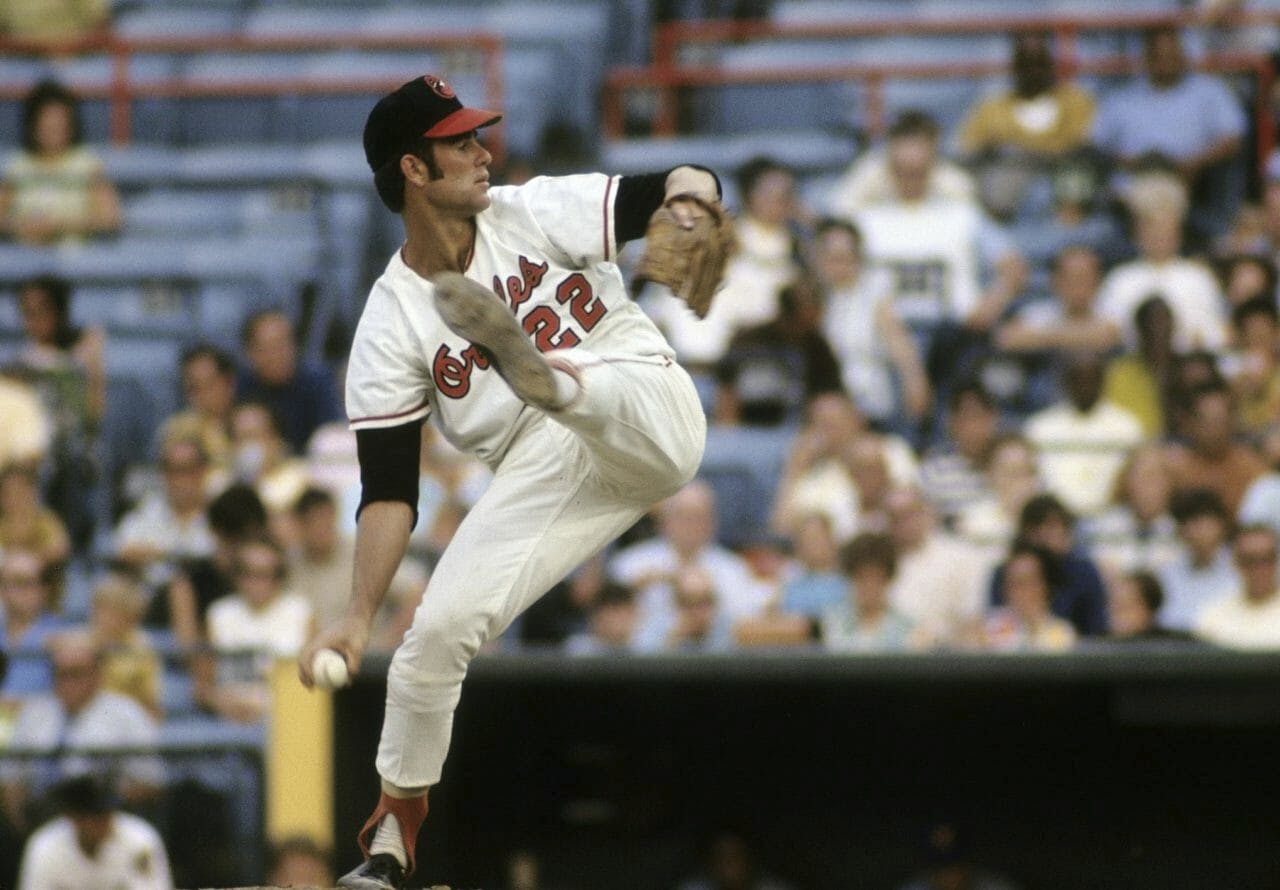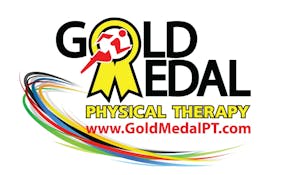
It’s a sport etched in the very heart of our country’s history; it brings us joy and — more often than not — can have us feeling downright dejected. And here in Baltimore, we know a thing or two about the latter…
But regardless, countless kids each year will step up to the plate for the first time in their lives with hopes of emulating their favorite players. Many will find a quick exit from the sport; but some may continue into their High School years, and others may venture past that to achieve even greater success. For those that continue, injuries will be — just like any other sport — part of the game.
When we think injuries, one position in particular brings to mind a myriad of orthopedic affliction: the pitcher.
Young pitchers are in a particularly tough spot. They’re at risk for serious injury, with no clear cut reasoning as to why.1 Many signs point to limiting the inning count to lower than 100 per season, and barring pitchers from playing catcher, as a means of reducing these injuries; and other concepts, such as pitch count, arm angle, and throwing a curveball have become topics of contention in the context.
Perhaps most famous for injuries such as the “Tommy John” (Ulnar Collateral Ligament Sprain), pitchers are also no stranger to the likes of Rotator Cuff Tendonitis, just to name a few. And although we’ve no concrete way of preventing such maladies from happening, proper movement and strength screening, such as Functional Movement Screening (FMS), or Selective Functional Movement Assessments (SFMA), can help to identify areas of problem. With such knowledge in hand, practitioners could focus their efforts on what they need most.
Cue the concept of ‘prehabbing’
Pitching is one of the most complex arts in the world of sports. Similar to the golf swing, for example; it requires timing between the arms, legs and torso, to achieve consistency in the most efficient manner. Lacking the required strength, endurance and mobility in the muscles utilized to execute these movements, plays a role in the breakdown of mechanics as the inning/pitch count rises. Distance running, the long toss, and dynamic exercises that target both the upper and lower body musculature, should be emphasized.
Below, we’ve prepared some awesome exercises and recovery techniques that may help you through the season!
Strengthening
The Prone “Y” & Squats
Recovery
The Posterior Capsule Stretch & Instrument Assisted Soft Tissue Massage
References
1. Risk of serious injury for young baseball pitchers: a 10-year prospective study.
